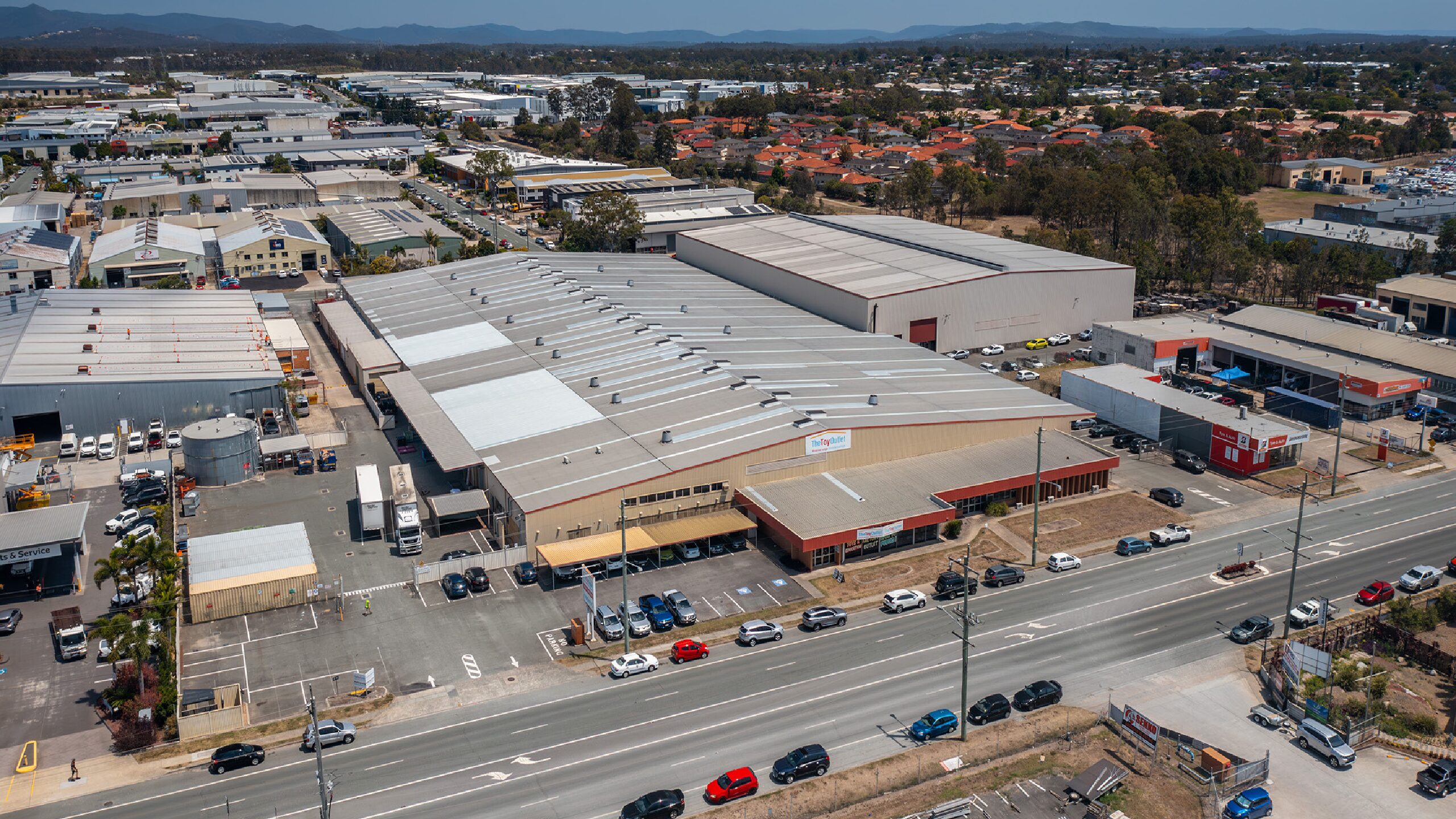A-REITs potentially offering retirees a window of opportunity
Retirees, take note – it might just be time to consider dipping your toe back into the commercial property market. Certainly, there is a growing mood, as one headline put it this week, that ‘the worst might be over for commercial property landlords’, with global institutional investors sniffing out the opportunities in Australia’s listed property trusts, better known as A-REITs.
As has been well recorded, the sector was battered by the COVID-19 pandemic and associated lockdowns, with the owners of everything from restaurants and bars to offices, medical practices and warehouses forced to waive or heavily discount rents.
With this challenge flushing out the weaker players, including those carrying too much debt or with lower quality tenants, the sector was then faced with a savage interest rate barrage.
In just a few short years, investors saw cash rates increase from 0.10 per cent to 4.35 per cent today. The inevitable result was that property once selling on an income return of three per cent quickly became unattractive to buyers, pushing prices down for those having to sell. The sector’s returns in the past four years reflect this: minus 21.3 per cent in 2020, rebounding to 33.2 per cent in 2021, falling to minus 12.3 per cent in 2022 before returning to black ink in 2023 at 8.1 per cent.
Given the relative attractiveness, particularly against share markets trading near all-time highs, there are five key factors that should be top of mind when assessing a potential investment in this market sector. Chief among them is that A-REITs, as the name suggests, are trusts, not companies. That means they do not pay fully franked dividends like the banks but make distributions. Like any other family or unit trust, they are required to distribute most of their profit each year.
Funds from operations (FFO), and sometimes adjusted FFO, is an A-REIT’s version of a trading profit. That is, FFO represents the cash flow that the A-REIT produces from its main operating activities – rent and management of the underlying properties. FFO excludes the impact of gains or losses on sales of assets owned by the A-REIT and any depreciation in their value.
For example, the popular shopping centre A-REIT, Vicinity Centres (ASX: VCX), which owns Melbourne’s fashion capital Chadstone (pictured), saw FFO fall from $684 million to $664 million, but profit increase from $271 million to $547 million in the same period as previous year asset sales were removed.
After FFO comes net tangible asset value (NTA). The NTA represents the current value of the properties owned by the REIT, net of any borrowings. In the case of Dexus Group (ASX: DXS), the NTA is $8.97 against a current share price of $7.29, meaning it is trading at an 18 per cent discount to the most recent valuation of the underlying office buildings it owns.
Gearing levels or borrowing is up next, with the figure naturally reflecting the level of debt that is secured against the underlying properties. Debt has come into focus in recent years as increasing interest rates have increased the cost of carrying debt and reduced the amount of cash left over for distributions. In the case of DXS, gearing is now set at 32 per cent, at the bottom end of the group’s 30-40 per cent target range.
The WALE, as distinct from the whale, is the weighted average lease expiry that counts the rent received from every property, along with the average term until each tenant’s lease will expire. Commercial property typically has longer leases than residential, which are usually one year, with the Charter Hall Long WALE REIT (ASX: CLW) a prime example of this. The owner of bottle shops, service stations and other similar assets has a WALE of 10.5 years.
Last, and probably the most important, is the cap rate, or capitalisation rate, as quoted by most commentators on the sector. Simply put, the cap rate is the rate of return expected from an investment in real estate. If you buy an office block for $1 million that is paying $50,000 in rent, you are buying this on a cap rate of five per cent. If you then sell this property for $800,000, you have sold on a cap rate of 6.25 per cent.
This is called the cap rate expansion and has been a key driver behind the difficult performance of A-REITS in recent years. Increasing interest rates on term deposits and bank accounts have forced investors to require higher rates of return from more risky assets like property, reducing the amount they are willing to pay.
How do you invest in the sector?
The S&P/ASX300 A-REIT sector is the main benchmark, but interestingly contains only 37 individual investments, with Goodman Group (ASX: GMG) representing 37 per cent of the benchmark. In fact, more than 65 per cent is held in just five A-REITS that include Scentre, Stockland, GPT and Mirvac.
Listed property is clearly one where both passive and active options should be considered, while investors should focus and understand which sectors they wish to carry the largest exposure to amid growing divergence in property valuations and performance.









